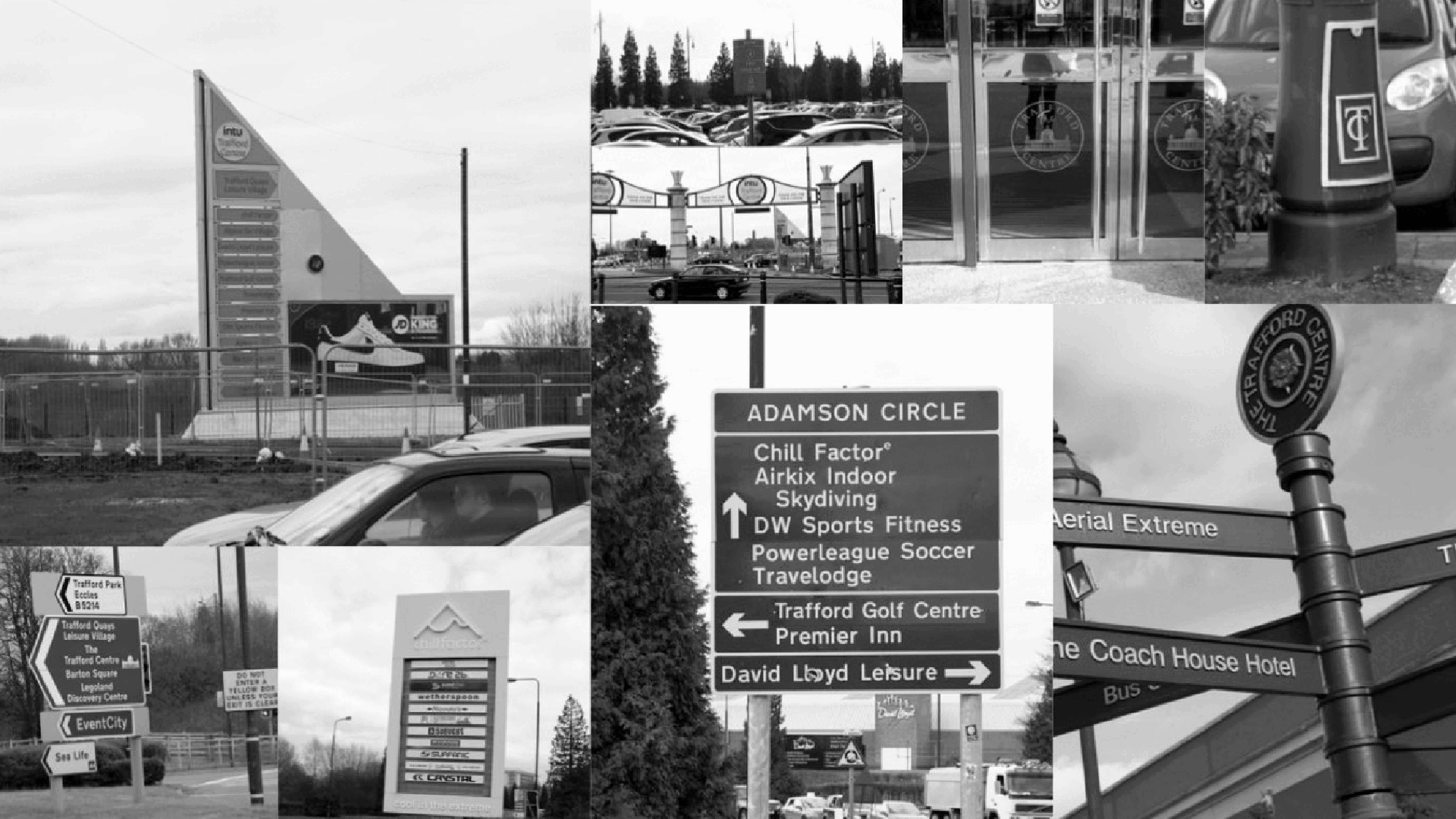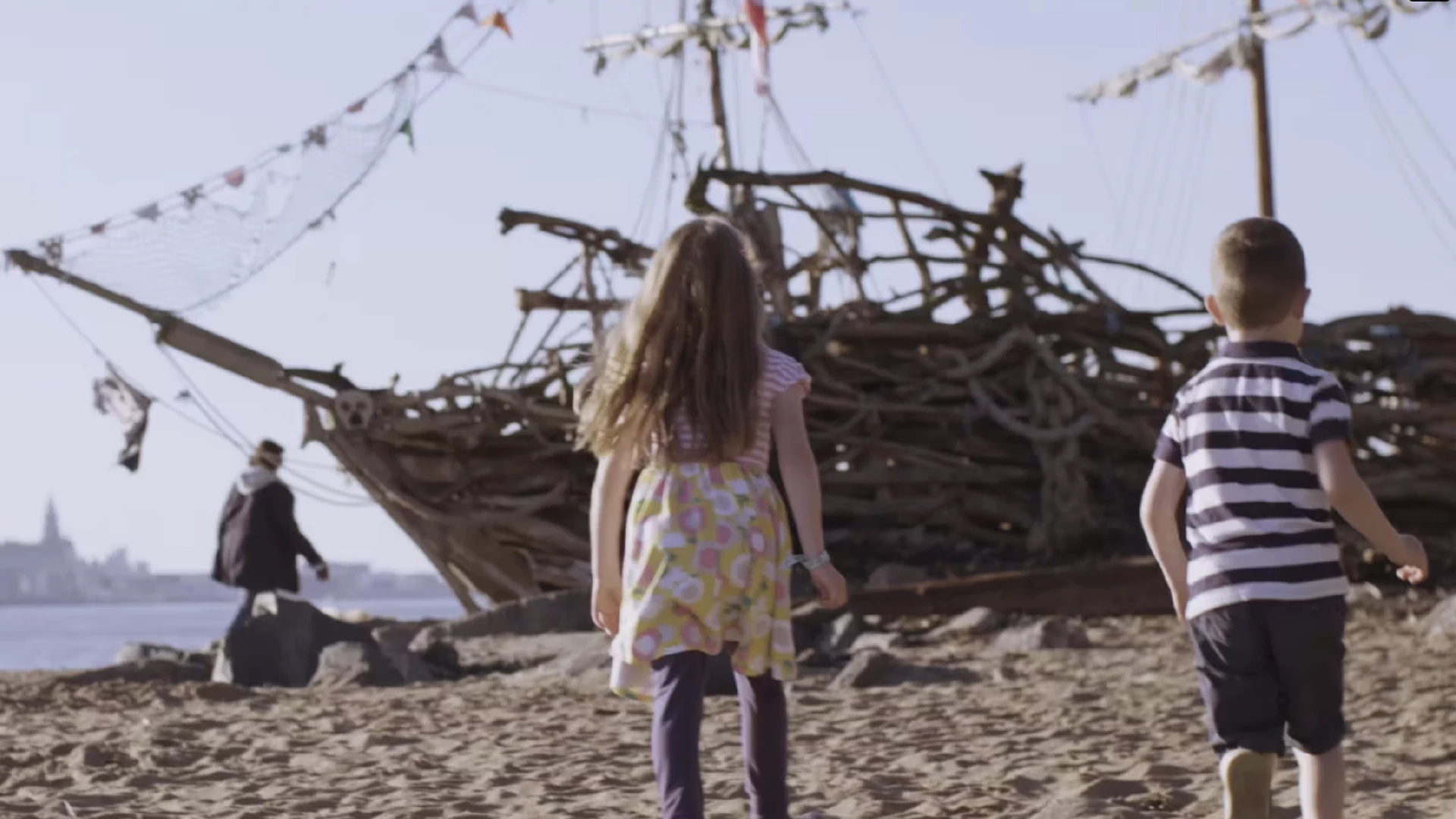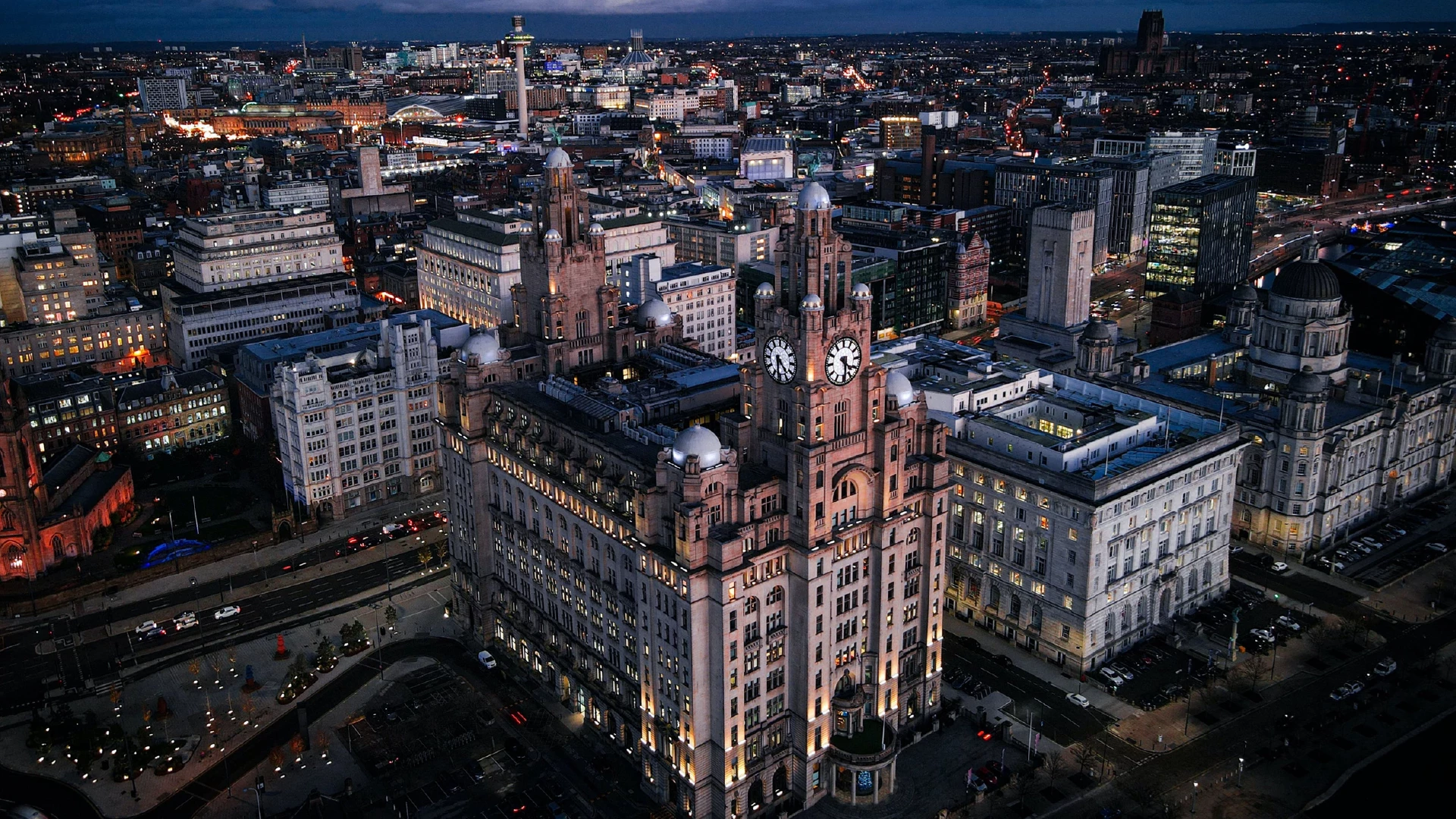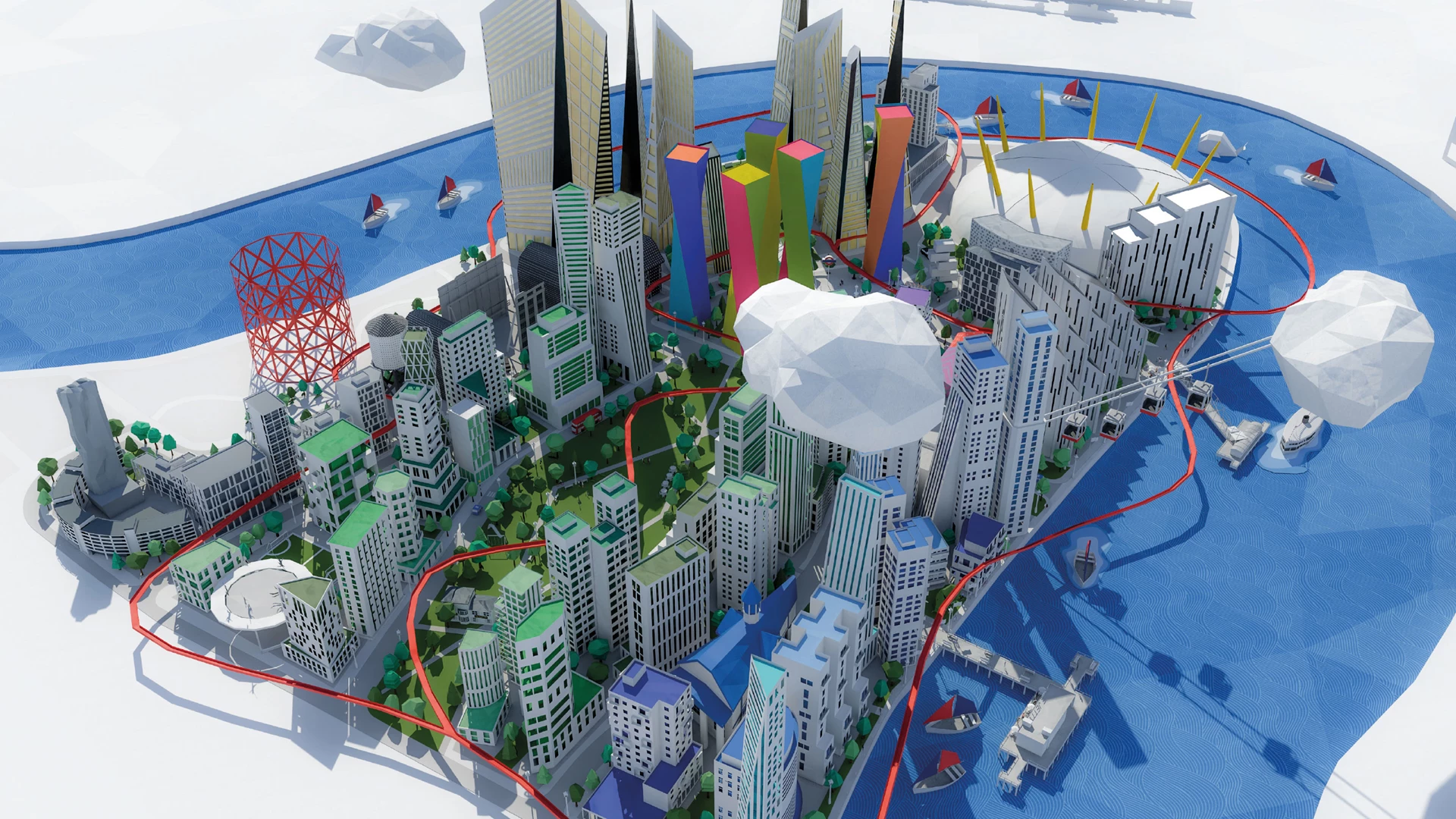PlaceMaker: Craft a new sense of place through brand
In this article, we delve deeper into the fourth principle, crafting a new sense of place through brand, with two examples of our placemaking work for Trafford City and Hounslow Council.

Changing perceptions with brand-led storytelling
The experience people take away with them is yours to shape.
With a compelling story, and a concrete strategy to reinforce it, you can shift perceptions; make what was previously thought to be impossible, possible; and create lasting, unforgettable experiences.
The impact of powerful branding presents developers with the opportunity to retell an out-of-date story, that maybe have been imprinted on an existing community for decades, in new and exciting ways.
With impactful brand-led storytelling, you can craft a new yet authentic sense of place, and in turn, create a real sense of belonging for your project’s future community.
Take a look at the two examples below or skip to the bottom for three key takeaways you can apply to your placemaking brand.

Example 01: Trafford City, Manchester
Transforming places and perceptions is something we have extensive experience with at the studio.
But one of the most well-known examples is our work for Peel Group's Trafford City, home of world-renowned retail attraction, the Trafford Centre.
Speaking on the project, Scott McCubbin, Associate Director of Somewhere, said: “The Trafford Centre is one of the largest shopping centres in the UK, covering more than 2M sq ft, with over 30M visitors a year.
“Having grown organically around the retail centre, the non-retail offer was increasingly important, with Chill Factore and EventCity.
“But with various office and residential plans, its perception as a retail hub was limiting.
“The strategy was to shift perceptions across various audiences, repositioning the centre as a destination.
“We developed a framework to allow the centre to speak to the various audiences in one coherent way. We also recommended specific programmes to incentivise its 8,000 staff to stay and spend.
“This was credited with supporting 50% growth to 44m, and attracting a £250m waterpark, a £60m surf centre and a 35,000 sq ft Hasbro Nerf Action Experience.”

Example 02: Hounslow Council
Scott continued on the topic, recalling another example – our work for Hounslow Council.
“Hounslow was originally considered a staging post,” Scott began.
“A perceived identity that prevented the borough from becoming the final destination.
“But breaking through the limitations of this perception unearthed a new sense of place – one that felt current and fresh yet still still steeped in Hounslow’s authentic character and its rich history.
“With so many people passing through, bringing their stories, their skills, and their trade – which created a bustling market culture sustained by travellers – the area naturally possessed a communal entrepreneurial sprit.
“With this, it felt natural to position Hounslow as a springboard for both business and community.
“No longer a place to pass through, through powerful branding, Hounslow became the well-connected destination for flourishing new beginnings.”
How to craft a new sense of place
It can be a complex journey, but we like to keep things as simple, focussed, and as streamlined as possible.
Step 01: Research and analysis
Understand the current perceptions of the area through market research, surveys, and data analysis. Identify strengths, weaknesses, opportunities, and threats (SWOT analysis) related to the area’s image.
Step 02: Define brand identity
Determine the desired image or identity for the area. What values, characteristics, and experiences do you want the area to be associated with? This could involve highlighting its historical significance, cultural diversity, natural beauty, or economic potential.
Step 03: Develop a brand strategy: Create a comprehensive brand strategy that outlines how you will communicate the new identity to the target audience. This could include messaging, visual identity (logo, colour scheme, typography), and brand guidelines.
These steps are a great start but to learn more, to book a session to discuss your placemaking brand with our team, or to receive your copy of our downloadable PlaceMaker guide, email our Associate Director, Scott McCubbin via scott.mccubbin@wearesomewhere.net





.webp)




